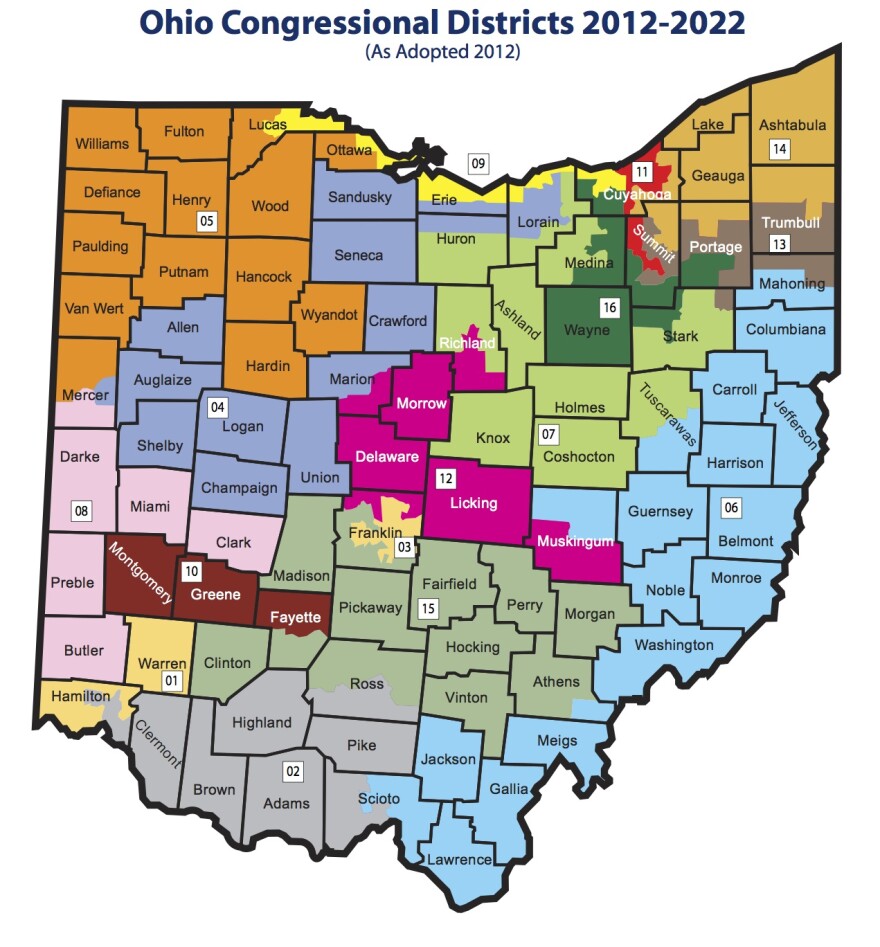After a decade of false starts, Ohio voters have overwhemingly approved new rules for drawing state legislative districts that aim to reduce partisan gerrymandering.
Issue 1 sailed to victory, thanks to bipartisan support and very little opposition. Catherine Turcer with Common Cause Ohio has been working for years to reform redistricting laws. “It’s like Christmas,” she said. “And the thing that’s exciting is that this is for all of us.”
Republican and Democratic lawmakers developed the new apportionment system in an historic compromise last year. It gives the minority party a powerful say on any new 10-year map designating Ohio's 99 House and 33 Senate districts. It got top billing on the ballot as state leaders' priority issue. Despite broad support, the campaign struggled for money and attention in an election dominated by a fight over marijuana legalization.
But Sandy Theis with Progress Ohio says it’s not over: “This was a great first step. We have to fix the Congressional map.”
The amendment adds two more lawmakers to the five member board of elected officials who draw the maps, and requires two minority party members to approve them or they’ll be redrawn again in four years. The first election under this reform won’t happen until 2022.




